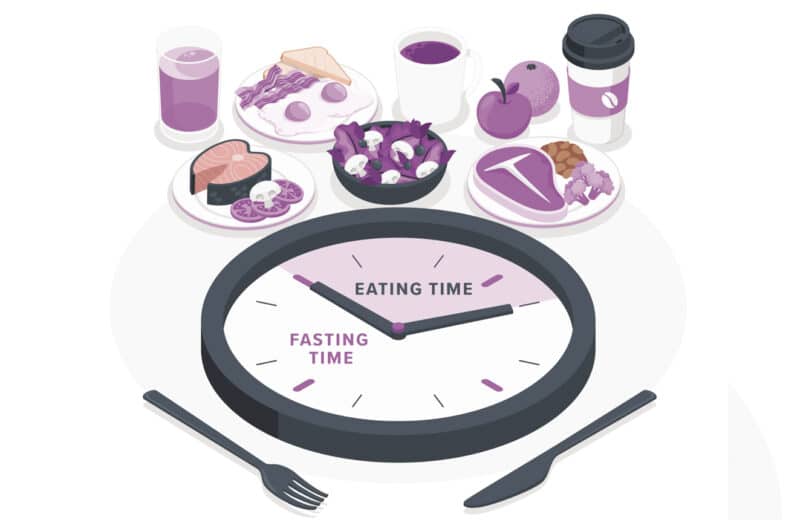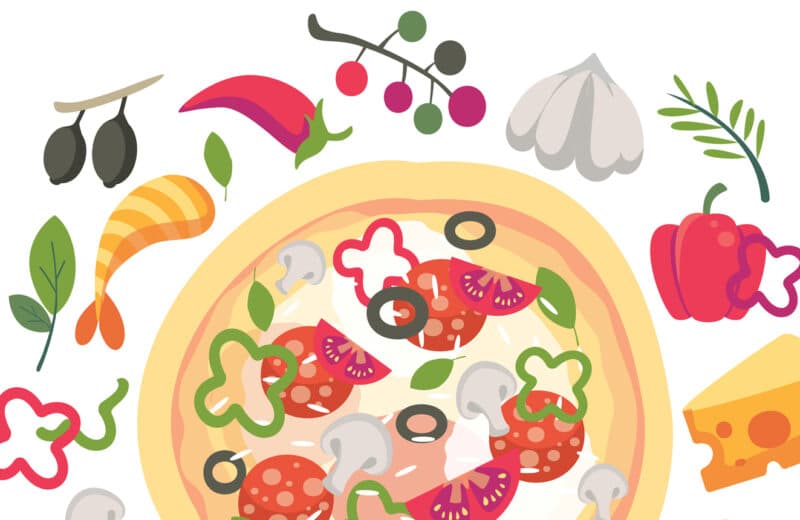Flexitarian diets let people prioritize plant-based options — without totally saying bye to meat

A flexitarian eating style offers a perfect middle ground for people who still want to enjoy meat and the benefits of a plant-based diet.
“Flexitarian is the combination of two words: flexible and vegetarian,” says Dawn Jackson Blatner, a Chicago dietitian and author of The Flexitarian Diet. “You can think of it as a semi-vegetarian or a vegetarian-ish way of eating.”
The standard American diet tends to run high in meat and low in plant foods. As a result, while most of us eat plenty of protein, we don’t get enough fiber or other essential nutrients. Diets high in meat also contribute significantly to climate change.
Reducing meat consumption has the potential to improve personal and environmental health.
David Dungan, MD, certified culinary medicine specialist with Duly Health and Care, encourages plant-based eating for his patients. “The health benefits of a diet lower in meat and higher in whole plant foods are numerous and extensive,” he says. “A flexitarian diet is a tweak on the Mediterranean diet, which is the best approach to reduce heart disease, cancer, diabetes, and dementia, among others.”
Being flexitarian means shifting your mindset to prioritize plant foods. Vegetables, fruits, nuts, seeds, legumes, and whole grains should make up the bulk of each meal. Meat, poultry, fish, eggs, and dairy take a backseat.
But no food is off-limits. “Flexitarian eating is a good fit for people who want to eat more whole plant foods but still want to have meat on a special occasion or celebration,” Dungan says.

Lentil tacos with quick and easy guacamole
Serves 4
INGREDIENTS
LENTIL FILLING
1 tablespoon olive oil
½ yellow onion, diced
3 cloves garlic, minced or pressed
2 tablespoons tomato paste
1 teaspoon chili powder
1 teaspoon salt
1 teaspoon cumin
1 teaspoon oregano
¼ teaspoon black pepper
Pinch of red cayenne pepper (optional)
¾ cup dried brown lentils, rinsed and drained
2 cups low-sodium vegetable broth or water
GUACAMOLE
2 avocados, pitted and peeled
8 oz container of fresh salsa, drained
8 taco shells, soft or hard
1. Heat olive oil in a medium saucepan over medium heat. Add onion and garlic, and sauté until translucent, about 3 minutes.
2. Stir in tomato paste, salt, cumin, oregano, black and red cayenne pepper, and sauté for one minute.
3. Add lentils and broth or water. Stir well. Raise heat to medium-high and bring the mixture to a boil.
4. Lower heat to a simmer. Cook for 20 to 40 minutes or until liquid is absorbed and lentils are tender. If too much liquid evaporates before the lentils are cooked, add a small amount of additional broth or water.
5. Adjust seasoning to taste if needed.
6. While the lentils cook, mash the avocados. Stir in fresh salsa.
7. Prepare tacos by spreading 1/8th of the lentil mixture in each taco shell and topping with 1/8th of the quick guacamole.
Option: If you’re in the early stages of transitioning to a flexitarian diet, you can use 50/50 meat and beans. Reduce the beans and broth/water by half, and add ½ pound cooked lean ground beef or turkey after step 4.
Nutrition information per serving (1 serving equals 2 tacos): 411 kcals, 20.6 g total fat, 3 g saturated fat, 690 mg sodium, 51 g carbohydrate, 14 g fiber, 12 g protein.













